Colorado is a state that offers some of the most awe-inspiring hiking experiences in the United States. The Centennial State isn’t just about breathtaking vistas, high peaks, and serene landscapes—it’s also rich with history. Every trail has a story, many of them tracing back centuries to Native American tribes, pioneers, and gold miners. In this article, we’ll explore the Top hiking trails in Colorado and the fascinating historical narratives that surround them.
Introduction
When you think of Colorado, you probably picture its soaring peaks, alpine lakes, and dense forests. But, did you know that many of its most popular hiking trails have deep roots in history? Hiking in Colorado offers not only an opportunity to connect with nature but also a chance to walk through the footsteps of Native American tribes, gold miners, and explorers. Let’s embark on a journey to uncover the rich history of Colorado’s top hiking trails.
The Colorado Trail
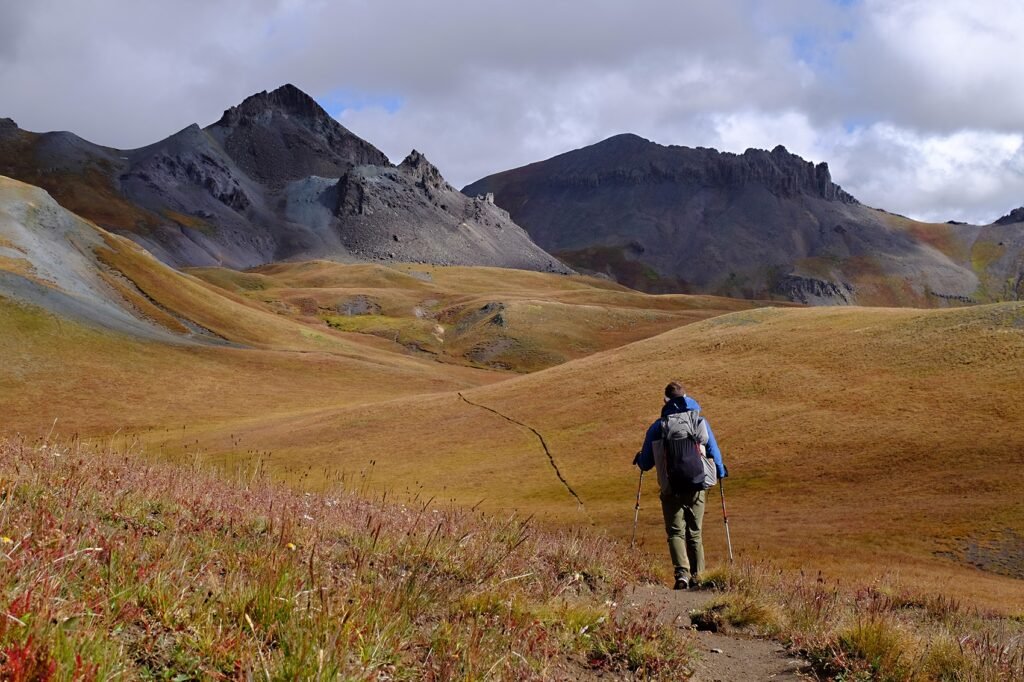
Overview of the Trail
The Colorado Trail is a long-distance hiking route that stretches 486 miles from Denver to Durango. It takes hikers through eight mountain ranges and offers some of the best scenic views in the state. But beyond its beauty lies a fascinating historical narrative.
Historical Significance
Top hiking trails in Colorado traces routes that were once used by Native American tribes such as the Ute, who inhabited the region for thousands of years. During the 19th century, settlers and miners followed these trails in search of gold and silver. Some sections of the trail even pass by old ghost towns, remnants of the gold rush era.
Scenic Highlights Along the Trail
Hikers on Top hiking trails in Colorado can expect to see everything from wildflower-filled meadows to snow-capped peaks. Highlights include the Collegiate Peaks Wilderness and sections near historic towns like Leadville, which was once the heart of the silver mining boom.
Mount Elbert Trail
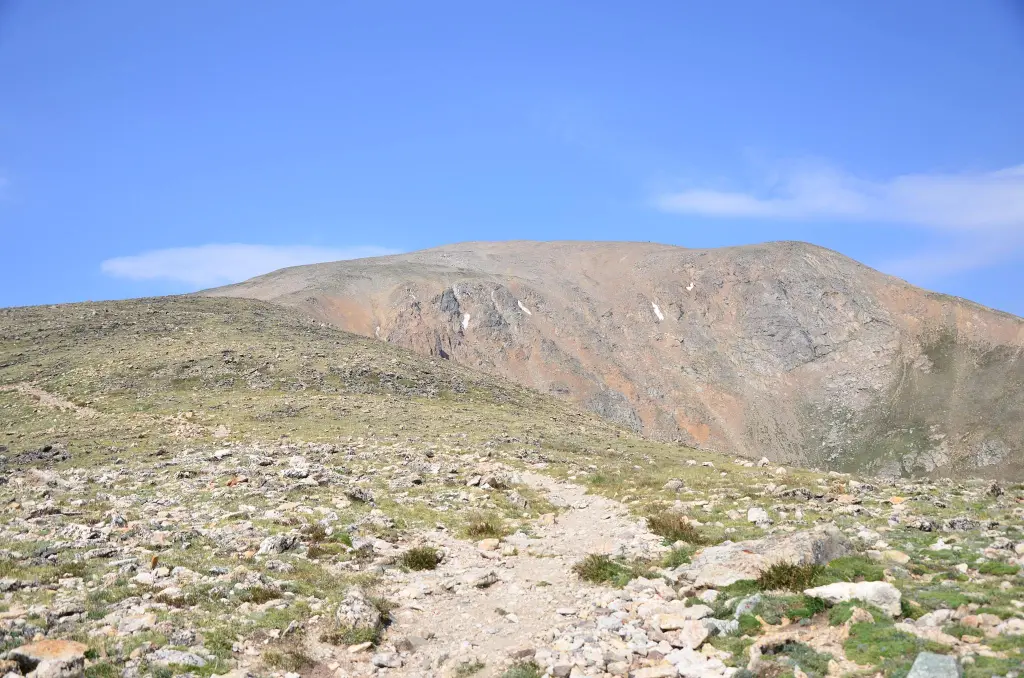
Introduction to the Highest Peak in Colorado
Standing at 14,440 feet, Mount Elbert is the highest point in Colorado and the second highest peak in the contiguous United States. The trail to the summit is a popular challenge for hikers.
Gold Rush and Pioneers
During the Pike’s Peak Gold Rush in the mid-1800s, settlers and miners ventured through the Rocky Mountains in search of riches. Many of these routes passed near Mount Elbert, and remnants of mining operations can still be seen in the nearby areas.
Native American Influence on the Region
Before the arrival of settlers, the Ute people considered the mountains surrounding Mount Elbert to be sacred. The Ute used the area for hunting and spiritual rituals long before the gold rush brought an influx of settlers.
Four Pass Loop (Maroon Bells)
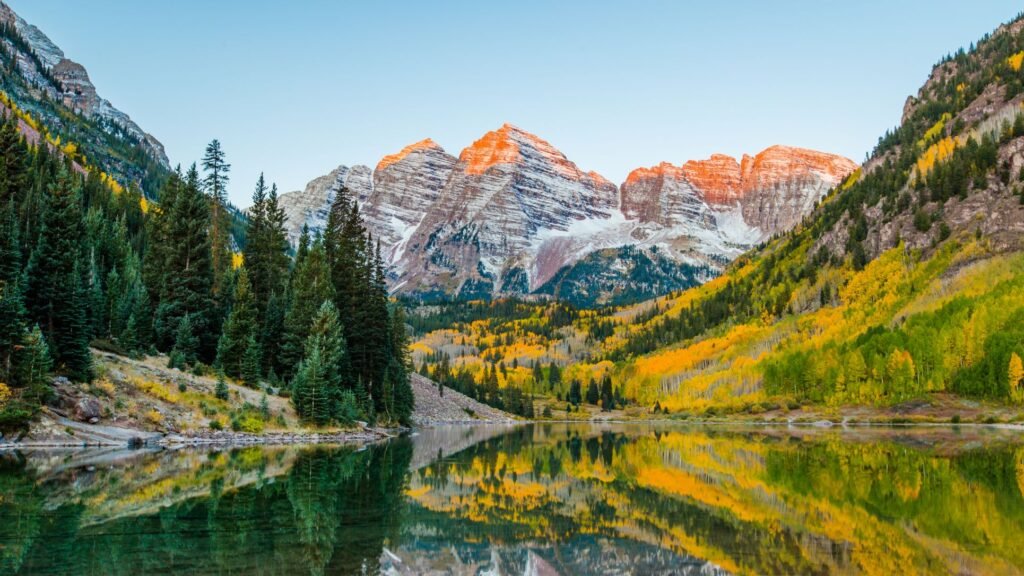
The Beauty of Maroon Bells
The Maroon Bells, with their distinctive red peaks, are among the most photographed mountains in Colorado. The Four Pass Loop, a 27-mile circuit, offers a chance to see these stunning mountains from multiple angles.
Geological and Historical Significance
The unique red color of the Maroon Bells is due to their composition of sedimentary mudstone, which was formed millions of years ago. Early geological surveys during the 19th century noted these formations, adding to the area’s historical interest.
The Role of Indigenous Peoples
The Maroon Bells were also part of the hunting grounds for Native American tribes, particularly the Ute, who used the region for centuries before European settlers arrived.
Mesa Verde National Park Trails
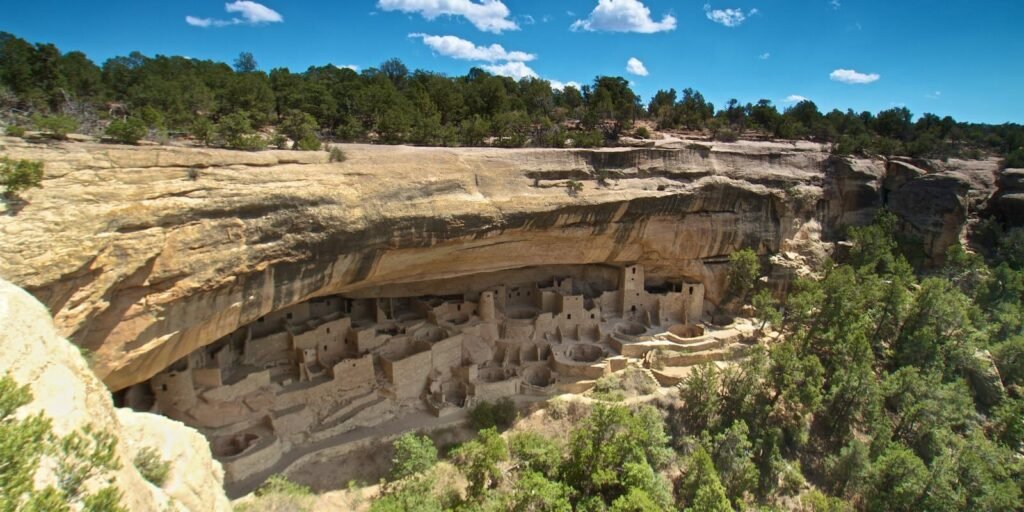
Hiking Through Ancient Civilizations
Mesa Verde National Park is not just a hiking destination; it’s a window into the lives of the Ancestral Puebloans, who lived here from AD 600 to 1300. The park features numerous trails that lead to cliff dwellings and archaeological sites.
Ancestral Puebloan Culture
The most famous hike in Mesa Verde is the Cliff Palace Loop, which takes hikers to the largest cliff dwelling in North America. These structures, built into the cliffs, housed entire communities of Ancestral Puebloans and offer insight into their daily lives.
Petroglyphs and Archaeological Discoveries
Top hiking trails in Colorado like the Petroglyph Point Trail offer a chance to see ancient rock art created by the Ancestral Puebloans. Archaeologists continue to uncover new findings in this area, shedding light on the complex society that once thrived here.
Manitou Incline
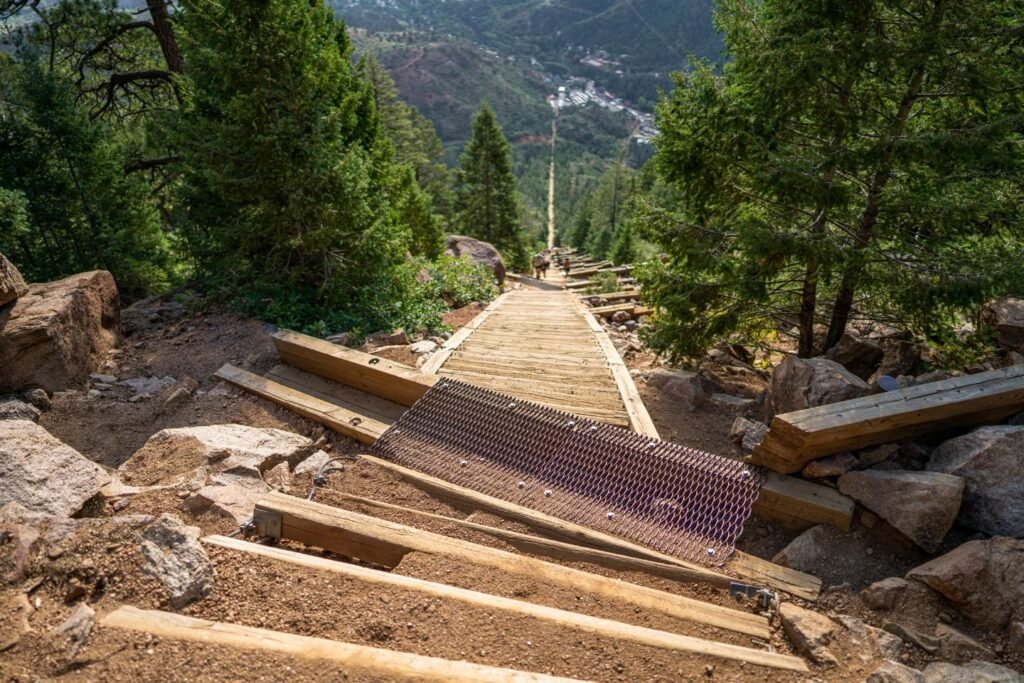
The Steepest Mile in Colorado
The Manitou Incline, near Colorado Springs, is a grueling one-mile hike that climbs over 2,000 feet in elevation. Originally built as a cable car route, it has become a popular destination for fitness enthusiasts.
History of the Manitou Railway
The Incline was built in 1907 to carry materials for a pipeline on Pikes Peak. After the railway closed in the 1990s, it was converted into a hiking trail, though remnants of the old rails can still be seen along the route.
Modern-Day Use and Preservation
Today, the Incline is a symbol of perseverance and strength. Its steep climb attracts visitors from all over the world, and efforts are underway to preserve this historical site for future generations.
Great Sand Dunes National Park Trails
The Unique Landscape of the Great Sand Dunes
The Great Sand Dunes, the tallest in North America, provide a surreal hiking experience. Trails here lead through shifting sands, alpine lakes, and mountain streams.
Indigenous and Spanish Influence
Indigenous tribes, including the Ute and Navajo, considered the dunes a sacred site, and Spanish explorers passed through the region in the 17th century. Evidence of both indigenous and Spanish presence can still be found in the park’s historical artifacts.
Conservation Efforts
The park has been a focus of conservation efforts to protect its unique ecosystem. Top hiking trails in Colorado The National Park Service works to ensure that this historical and natural wonder remains intact for future generations.
Hanging Lake Trail
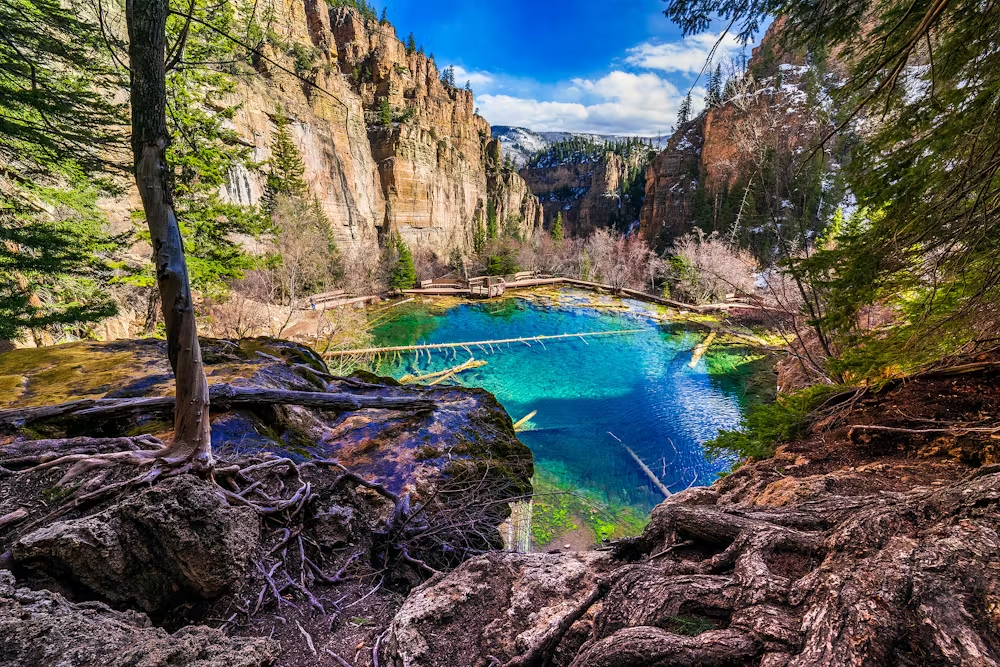
A National Natural Landmark
Hanging Lake, located in Glenwood Canyon, is one of Colorado’s most iconic hikes. The trail leads to a crystal-clear lake that seems to hang on the edge of a cliff.
Geological History
The lake was formed through a series of geological processes over millions of years, creating a unique ecosystem that’s both fragile and beautiful.
Environmental Preservation
Due to its delicate nature, efforts have been made to limit the number of visitors to Hanging Lake. Conservationists are working to preserve this natural wonder, ensuring that it remains untouched by human impact.
Indian Peaks Wilderness Trails
A Wilderness with Deep Roots
The Indian Peaks Wilderness, located just outside Boulder, offers a variety of trails that pass through some of Colorado’s most pristine wilderness.
Indigenous Peoples and the Land
The area was used by Native American tribes, such as the Arapaho, for hunting and trade. Archaeological evidence suggests that the region was inhabited for thousands of years before European settlers arrived.
Modern-Day Conservation
Today, the Indian Peaks Wilderness is a protected area, ensuring that its rich history and natural beauty are preserved for future generations.
Also visit:
Plan Your Adventure: Top Hiking Trails in Colorado for Weekend Getaways
The Most Scenic Top Hiking Trails in Colorado for Stunning Views
Explore Beyond Rome and Venice: Hidden Gems in Italy
Hidden Gems in Italy: Your Guide to Offbeat Adventure
Hidden Germs in Italy: Unique and Undiscovered Places
The Best Beaches in Florida for Nature Lovers
Conclusion
Hiking in Top hiking trails in Colorado offers more than just incredible views and physical challenges. The state’s trails are pathways to the past, allowing hikers to connect with the stories of indigenous peoples, gold miners, and pioneers. Whether you’re trekking through the alpine wilderness or exploring ancient cliff dwellings, each step brings you closer to the rich history that shaped Colorado.




